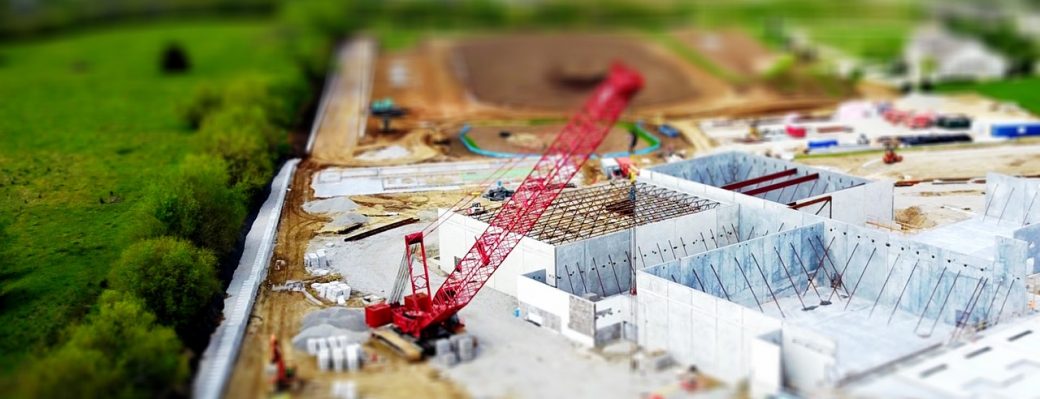Construction is an overall term meaning the science and art to build physical objects, arrangements, or systems, and stems from Latin ad summum constructum and Old French construction. To construct literally means building: the subject and object being constructed, the thing that is made, and the act of constructing. With construction, two or more things are put together to create an ordered whole. It can also mean to shape or form into a particular shape or arrangement.
There are three types of construction specifications needed when you are planning and designing a building or construction project. These three types are architectural, mechanical, and structural. They are used to describe the overall relationship between the various activities and materials that are part of a construction project. They describe the relationship between the physical items involved and how these items will interact, as well as how these interactions and relationships will affect each other.
Architectural Specifications are written descriptions of how a building should look, including such details as the style of the windows, doors, flooring, roof, furniture, accessories, lighting, heating and cooling systems, windows, walls, accessories, etc. Architectural specifications are designed for future buildings and must be approved by a governing authority, usually a city, prior to construction begins. In addition to the specific elements of a building designed in accordance with architectural plans, engineers tend to use prescriptive or managerial specifications to describe how materials and systems will function during construction and the sequence of events that will occur. In engineering, construction is usually described using construction manuals, which are more detailed than architectural plans. A construction manual is usually divided into chapters and sections and includes specifications for building materials, structures, supplies, work methods, safety procedures, etc.
Architects and engineers also tend to use proprietary or prescriptive specs, which describe how building components will be delivered. Proprietary specs include such details as specifications for doors, windows, equipment, furnishings, finishes, surfaces, cabinets, fixtures, and utilities. While architectural plans are primarily used to set specifications for buildings, architects and engineers use proprietary and prescriptive specs to describe how these building elements will be built. A building blueprint is typically drawn up using proprietary or prescriptive specs while an architect uses a prescriptive spec to describe the construction details of a building.
Constructions carried out by individuals generally need the services of a contractor who is an external sub-contractor. The construction process may be carried out internally, but often an outside third party is brought in to complete various tasks. For instance, when building an office building or other commercial building, an architect would draw up the plans and submit them to a third party software or external web sites company for construction purposes, such as to obtain necessary licenses. When an architect submits a design for the construction of a building to a contractor, the design will usually contain a copyright statement.
Some individuals are under the misconception that they own all rights to any third-party content that appears on their website without limitation or restriction. This is rarely the case. Owners of websites are only able to limit license agreements with other parties to reproduction or distribution of material contained on the site, as well as to their own statements regarding any reliance on third party content. If you have placed any third party content on your website without obtaining a limited license as required by law, you could potentially be held liable for damages resulting from displaying this content without limitation.
One important consideration for persons working in the construction field is to avoid being sued due to third party intellectual property infringement. Construction workers should be knowledgeable about their employer’s and employers’ rights to and responsibilities for third party intellectual property. It is important for contractors to be aware that although they work for a company that owns the real property – such as a building – that the materials, equipment, supplies, buildings, and/or property on which they work do not own the copyrights nor have any obligation to refrain from infringement of copyrights. Likewise, contractors must be aware that even when they obtain permission from owners to use specific, third party materials, they may still be held liable and responsible for infringing upon the intellectual property of others.
If you’re a construction worker who has contracted for the use of copyrighted materials in your work, it is absolutely critical that you acknowledge the source of the material and seek permission in writing if it is clear that the source is a third party. In addition, you should also keep in mind that if you incorporate someone else’s work into your own, you are doing so with full attribution and legal protections. This will help ensure that you don’t run afoul of the various and widespread construction law statutes that exists today. As always, if you are ever in doubt as to whether or not a particular quote, design, photograph, or other copyrighted material infringes upon the rights of others, consult a qualified attorney skilled in these matters to help you decide what to do.




